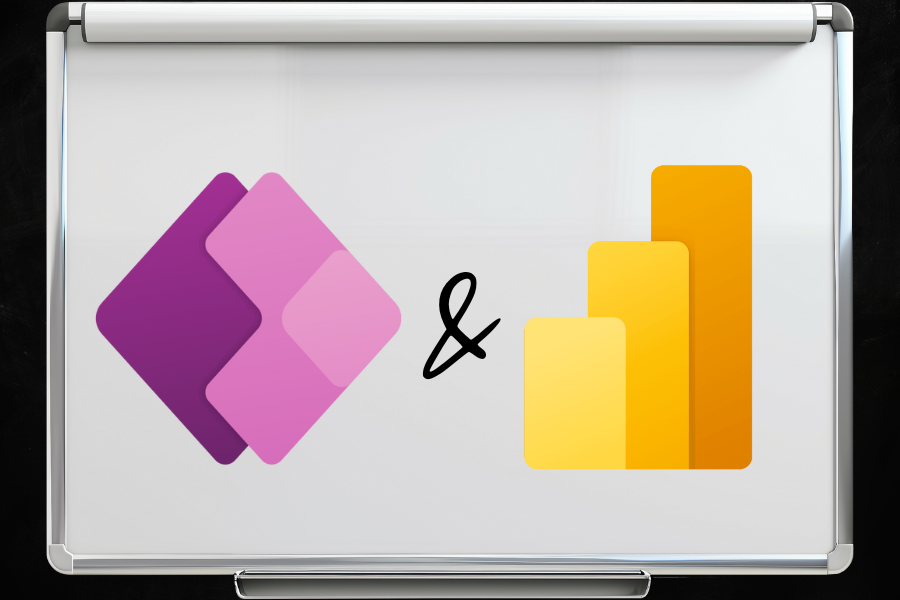Integrating tools that facilitate data processing and automate business processes is becoming essential for companies aiming to boost efficiency. Power Apps and Power BI, as part of the Microsoft ecosystem, offer solutions that improve data management and enable more accurate decision-making. This article explores how these tools can support business growth and the benefits of their integration.
What is Power Apps?
Power Apps is a Microsoft platform that enables the creation of low-code and no-code applications. It allows users to design applications tailored to specific business needs without requiring advanced programming skills.
Key features of Power Apps:
- Business application creation – build applications from templates or from scratch.
- Data integration – connect to various data sources such as Power BI, SharePoint, SQL Server, or Dynamics 365.
- Cross-device availability – applications work seamlessly on mobile devices, tablets, and computers.
Business applications:
- Process automation – for tasks like leave requests or service tickets.
- Mobile data access – e.g., sales or inventory data.
- Customer support – track inquiries and create apps to enhance customer relationships.
Why integrate Power Apps with Power BI?
One of the main advantages of integrating Power Apps and Power BI is the ability to interact dynamically with data. Users can analyze and modify data simultaneously, with changes reflected instantly in Power BI reports. For example, an employee can update an order status in a Power Apps application, which automatically updates the data in Power BI reports accessible to managers.
Customization of business processes
Integration allows applications and reports to be tailored to a company’s specific needs. Power BI can visualize key performance indicators (KPIs) in real time in application.
Practical use cases:
- Customer Support
Customer service teams can use apps integrated with Power BI to track inquiries and analyze customer data. This enables quicker responses to customer needs and improves team efficiency.
- Sales Processes
Sales teams can monitor their performance using application, which draws data from Power BI reports. This provides insights into sales trends and the most popular products in a specific region.
Power BI visualizations in Power Apps
Power BI visuals can be embedded directly into Power Apps, allowing users to analyze data and take action simultaneously.
Visualization features:
- Filtering and sorting data directly within the app.
- Interactive reports for real-time decision-making.
- Data updates instantly reflected in Power BI visuals.
Custom visualizations:
Power Apps allows for creating custom visuals tailored to a company’s needs.
Benefits of custom visualizations:
- Data presentation – present information in the most user-friendly way.
- Integration with business processes – enhance daily operations.
- Design flexibility – align with the company’s visual identity.
Real-time collaboration
Features of this tools promote team collaboration through real-time updates.
Examples:
- Shared data editing – changes made by one user are immediately visible to others.
- Comments in code – add notes and suggestions to reports and applications.
Lakehouse Integration – comprehensive data management
Power Apps and Power BI integrate with Lakehouse services, enabling efficient management of data from various sources. This allows companies to easily store, process, and analyze large datasets.
Want to discover how Power BI can enhance your business operations? Contact us – our experts will help you implement the right solutions!

